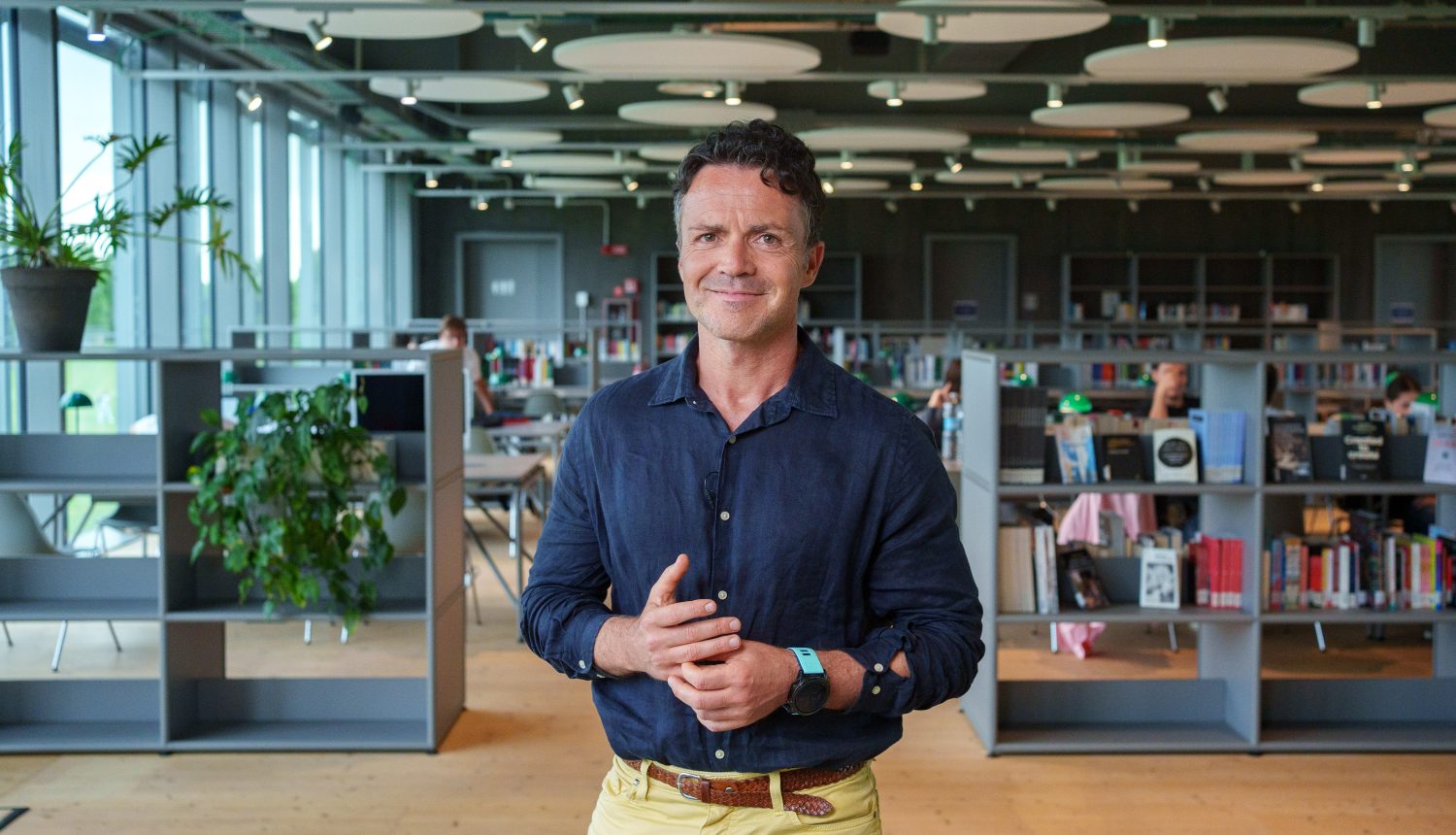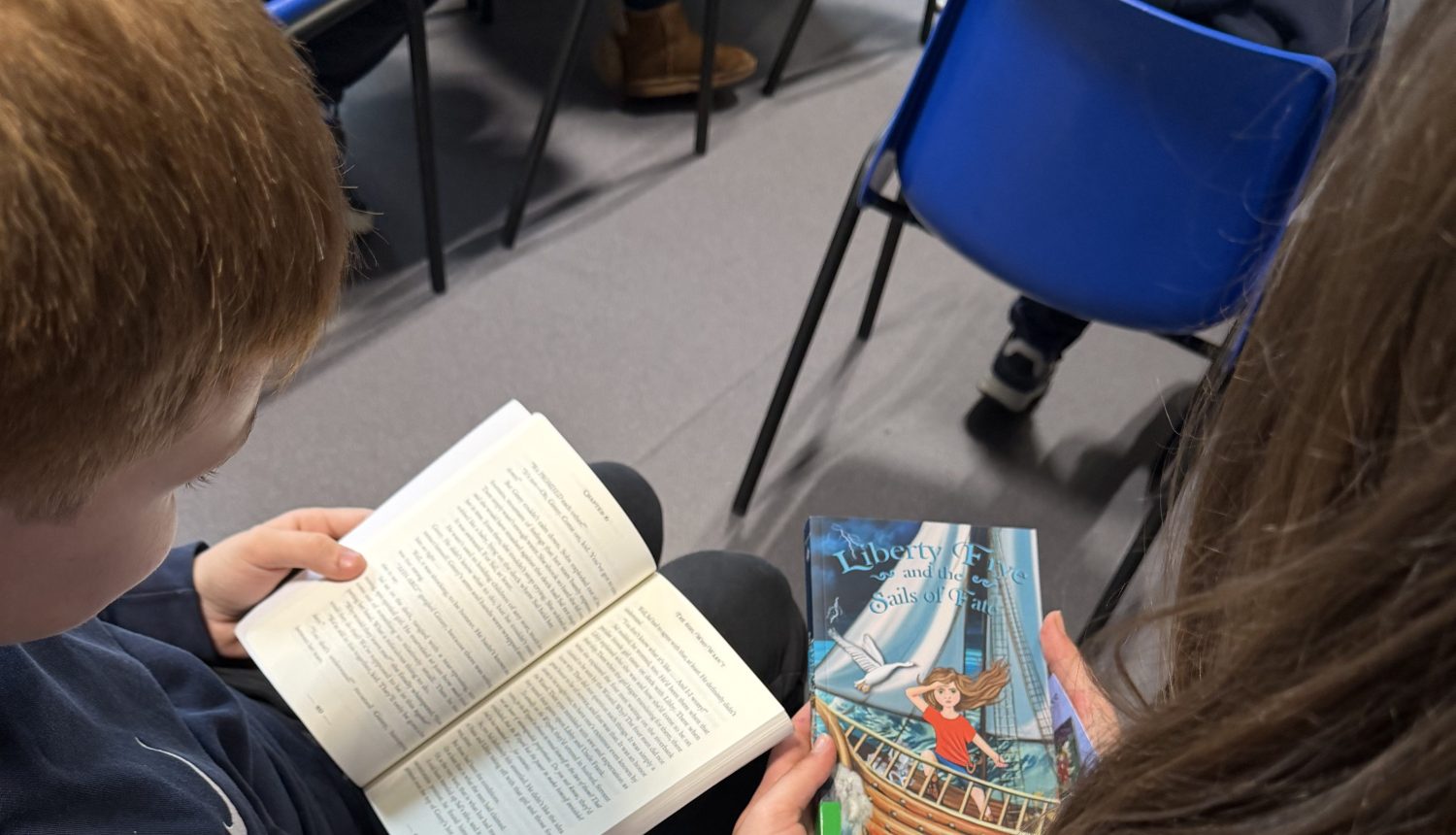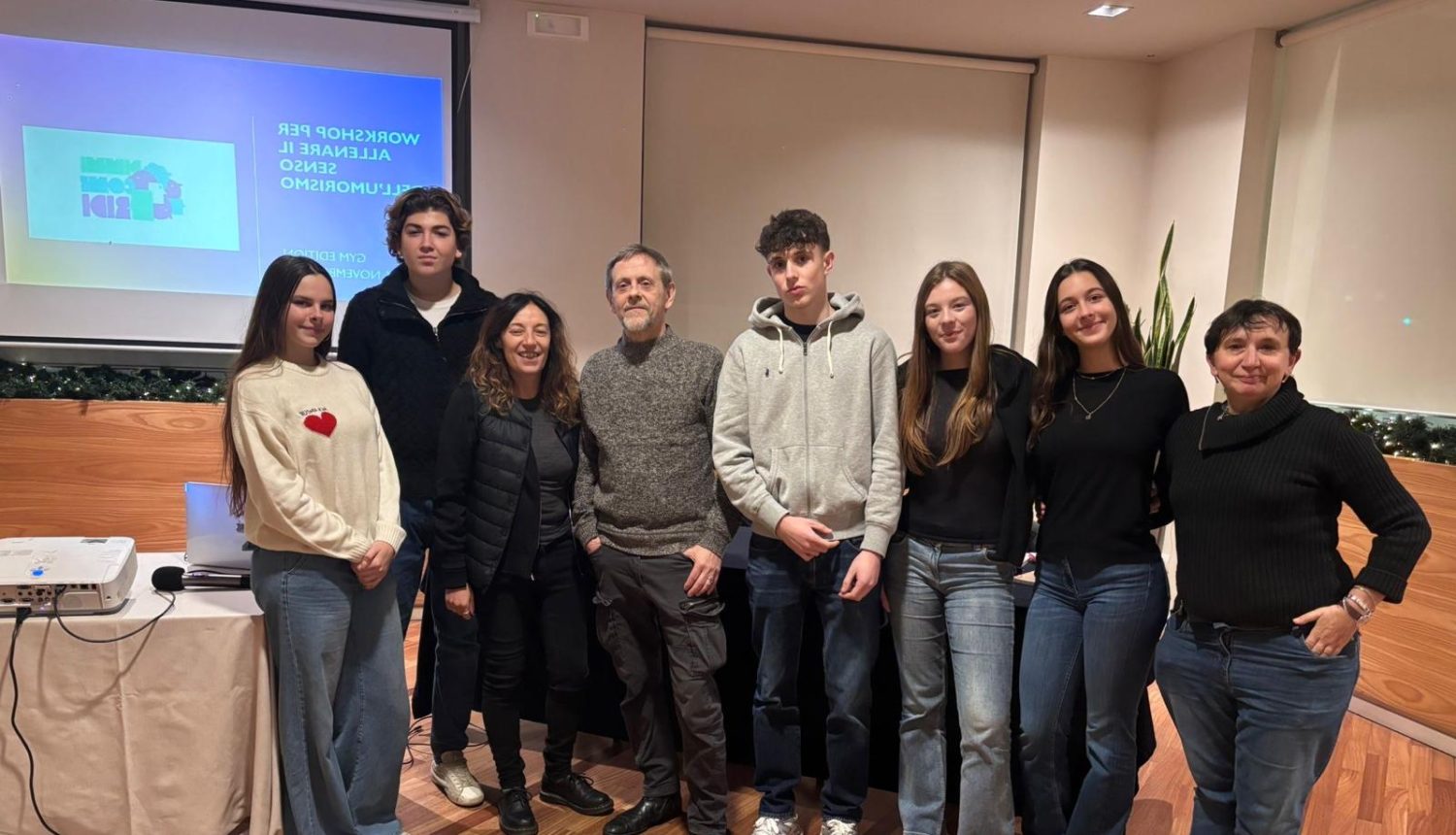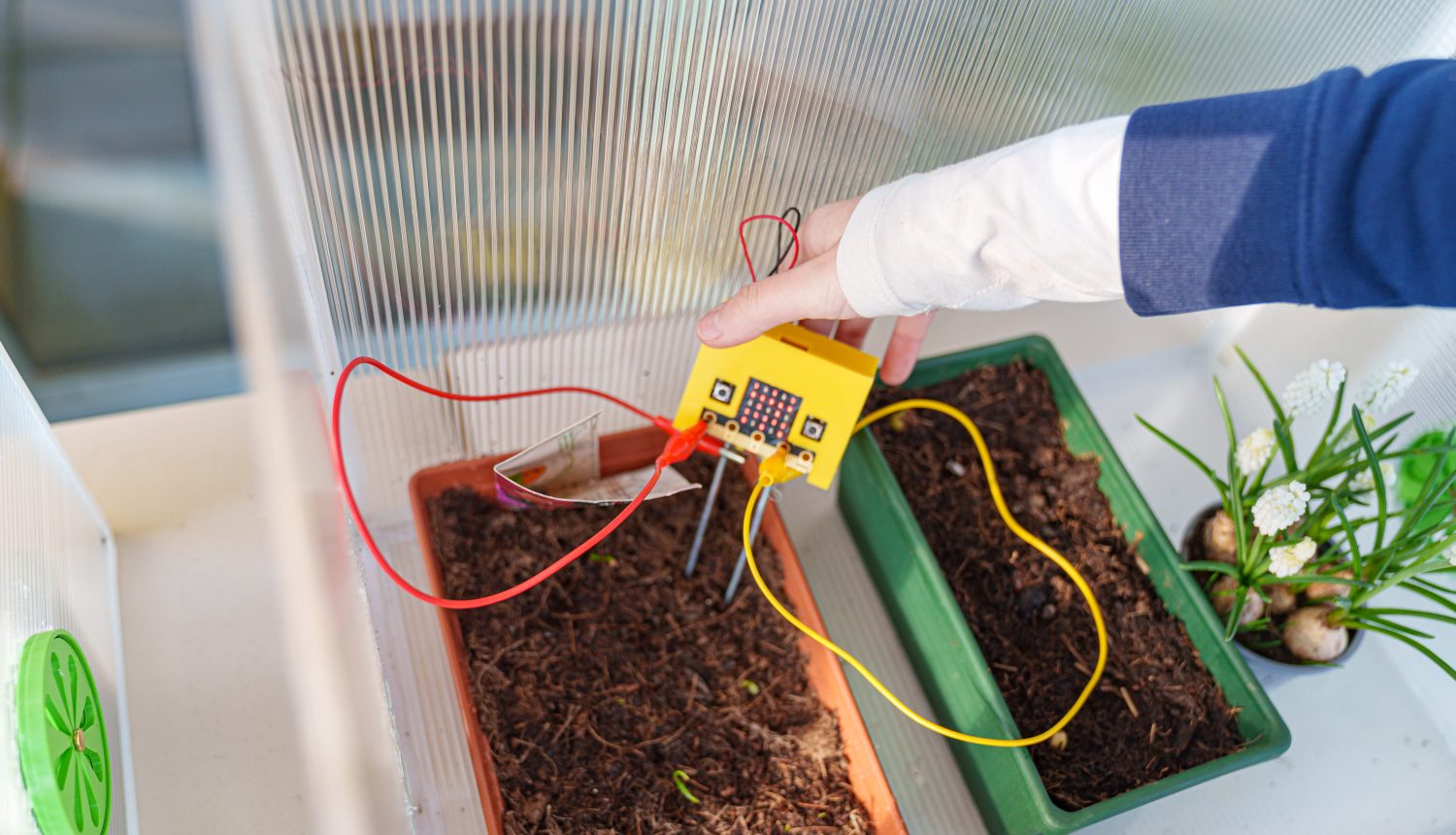Artificial Intelligence in the classroom from Primary School to High School: H-FARM International School launches the Human Plus Curriculum

From September, AI Integrated Across All Subjects as a Tool to Enhance Teaching, Learning, and Awareness.
There’s a reason why our school starts with an H: it stands for Human. Since 2005, the Roncade campus has been designed as a laboratory where technology enhances—not replaces—human talent.
Today, that mission is more urgent than ever: in just 60 days, ChatGPT reached 100 million users—the fastest growth ever recorded for a consumer app. In 2024, AI usage in organizations jumped from 33% to 71% in just twelve months. The curve is so steep that if schools don’t change now, they risk teaching students about a world that no longer exists.
H-FARM International School is responding with the Human Plus Curriculum: a program that weaves AI into every subject—math, history, art, physical education—and involves 1,260 students across its campuses in Roncade, Vicenza, and Rosà. The goal is twofold: to give students the technical skills needed to interact with machines, and at the same time, to nurture the critical thinking, ethics, and creativity that only humans can offer.
“In five years, we’ll be living in a radically different world. The World Economic Forum predicts that nearly 6 out of 10 workers will need to learn new skills by 2030. We want our students to be ready for that future—and for our teachers to be its first ambassadors. AI is an extraordinary amplifier of creativity and impact: with the Human Plus Curriculum, we’re giving students the tools to design a better tomorrow, with responsibility and vision.”
— Riccardo Donadon, Founder & CEO of H-FARM
Starting from the first day of the next school year (2025–2026), students in the international program at the Roncade (TV) campus and the Vicenza and Rosà branches will begin working within a curriculum designed to make them conscious participants in the world they live in. Knowledge about AI—its applications, its challenges, and the opportunities it offers—will be integrated at all levels as a tool to analyze and understand complex fields and to devise creative and sustainable solutions.
“The integration of AI as a core part of the school curriculum across all classes happens through two channels,” explains Antonello Barbaro, CEO of H-FARM Education. “The first is through specialist teachers, from Digital Learning Coaches to Computer Science instructors, who will both teach students technical skills and support their colleagues in incorporating AI concepts and practices into other subjects. The second is through subject teachers who will be trained in specific workshops before the start of the next academic year, enabling them to master and then integrate AI into their lessons.”
Over the past two months, a specialized working group—made up of experts from H-FARM Ai, the organization’s AI research and development lab, computer science teachers, and faculty from H-FARM College’s tech degree programs—has worked on building an advanced training path. This curriculum is integrated into the IB framework using a precise methodology: Jerome Bruner’s spiral curriculum model. What does this mean in practice? Every AI-related concept—like algorithms, pattern recognition, or automated decision-making—is introduced in simple terms early in the student’s academic journey and then revisited and expanded upon in subsequent years with increasing complexity, maturity, and interdisciplinary connections.
Some concrete examples:
- A 6-year-old can learn what an algorithm is through sequencing games and by giving instructions to make a sandwich.
- At age 12, that same concept becomes code written in Scratch or Python to control a robot.
- At 17, it evolves into designing complex decision-making systems or discussing the ethics of using predictive algorithms in justice or finance.
This approach allows each concept to be revisited over time, reworked in diverse contexts, and explored progressively. It’s not about repetition but about growing around the same pillars—just like learning a language, developing a creative skill, or building a way of thinking.
All of this has required careful and balanced curriculum design to ensure continuity, avoid redundancy, and make the most of connections across subjects, age groups, and learning styles. It’s a collective effort involving teachers, students, and educational designers.
Yet it enables students to understand and relate to seemingly abstract concepts—like algorithms, automated decisions, or neural networks—through everyday experience. Activities begin with simple tasks like writing instructions for a paper robot, and evolve into developing machine learning models for projects on sustainability or inclusion.








 Back
Back
